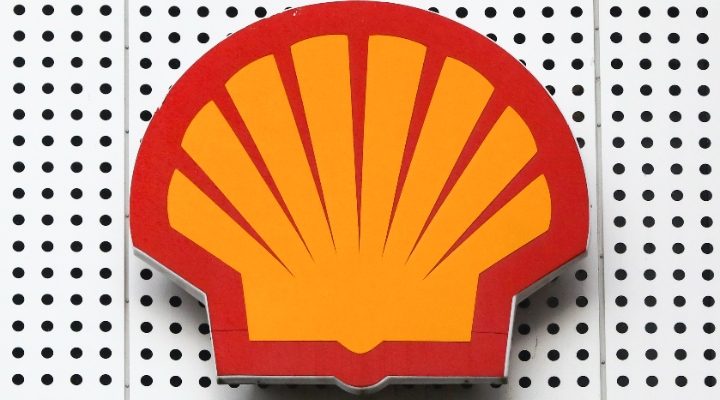Morningstar's "Perspectives" series features investment insights from third-party contributors. Here, Ashburton Global Energy Fund manager Richard Robinson discusses the latest announcement from OPEC.
As expected OPEC have extended their remarkable display of collaborative behaviour by extending their production cuts for a further nine months. However, despite the fact that the production cuts were extended, there is remarkably little evidence that market participants have positioned their portfolios for the effects of an extension.
Open interest from money manager net longs are at their lowest level since records began in 2011 and shorts for Brent and West Texas Intermediate (WTI) are within touching distance of their all-time highs. This confluence between the consensus that OPEC will extend their cut and the negative positioning of portfolios highlights a potentially misconstrued ambivalence to the effectiveness of the cuts.
Initial Cuts Were Ineffective
This ambivalence comes as a result of the perceived ineffectiveness of the initial round of cuts in achieving their objective of reducing crude inventories. However, extrapolating the effects of the first six months to the ensuing nine might be a costly error for those caught short.
The first round of cuts in November 2015, has resulted in a remarkably high level of OPEC compliance at around 99%. However, what occurred subsequently, has left a market that is preoccupied with focusing on OECD inventories, most notably the US, with an obfuscated view of the actual global inventory situation.
In effect, what we have seen has been an extraordinary transferal of inventories from producing OPEC countries to OECD countries, to a point where it appears many of the producing countries may have to start drawing on their reduced production to start replenishing depleted inventories over the second half of 2017 and into 2018.
Saudi Arabia and Iran are two examples where we can see this transference occurring. Saudi have just completed a sequence of 15 out of 16 months of consecutive draws from their inventories. Prior to this, Saudi have only ever drawn two-three months consecutively on four occasions in the last 15 years. Consequently, storage levels hit their lowest in six years when measured against days of forward cover of production.
Iran has emptied their floating storage. When OPEC announced their cuts in November 2015, they had almost 37 million barrels of oil in floating storage, since that date they have completely emptied their tankers, at a rate of over a quarter of a million barrels a day. Saudi were also busy boosting export numbers by emptying inventories, at a rate of 200kbbld until February. Both Iran and Saudi were both supplementing cut production with draws on their inventories, subsequently their oil export volumes remained stubbornly high.
Cuts Will Hit Inventories
However, you can only empty inventories for so long and there are signs that during the second half of the year, these countries will be combining production cuts with the need to replenish inventories, something that will begin to impact OECD inventories. Saudi, in February reduced their exported volume to their lowest level on record since 2011.
We have begun to see the results of these reduced landings in May, as it takes just over two months including loading times to see the imported data respond. This factor helps to partially explain the confluence in the facts that US imports fell for the seventh straight week at a time when refiners processed a near record amount of crude last week.
Consequently, US inventories; crude, distillates and gasoline, when measured using forward cover have fallen from 24% over supply to 7% since February, something that has been a little lost on the market. This need for producing countries, like Saudi and Iran to replenish inventories will also come at a time when their domestic demand begins to rise thanks largely to the increase of air conditioners in the hot summers and the availability of exportable volume drops by around 500kbbld anyway. Indeed, these draws on production to replenish storage will also come at a time when global demand increases by 3-4Mbbld.
The extension of the cuts could therefore herald a second half of 2017, where we see an accelerated draw in OECD inventories, moving us close to normalised levels by the end of the year. The combination of normalised inventories, tight supply and a market that is historically very short of energy, could set us up for a strong reaction of the oil price as the year progresses.
Disclaimer
The views contained herein are those of the author(s) and not necessarily those of Morningstar. If you are interested in Morningstar featuring your content on our website, please email submissions to UKEditorial@morningstar.com




























